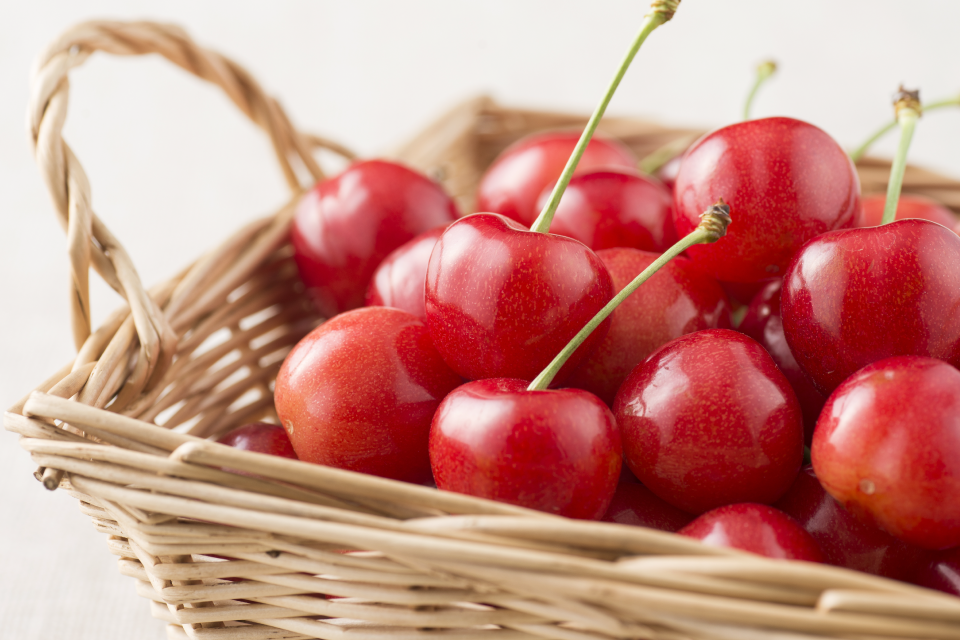
Cherries
さくらんぼ
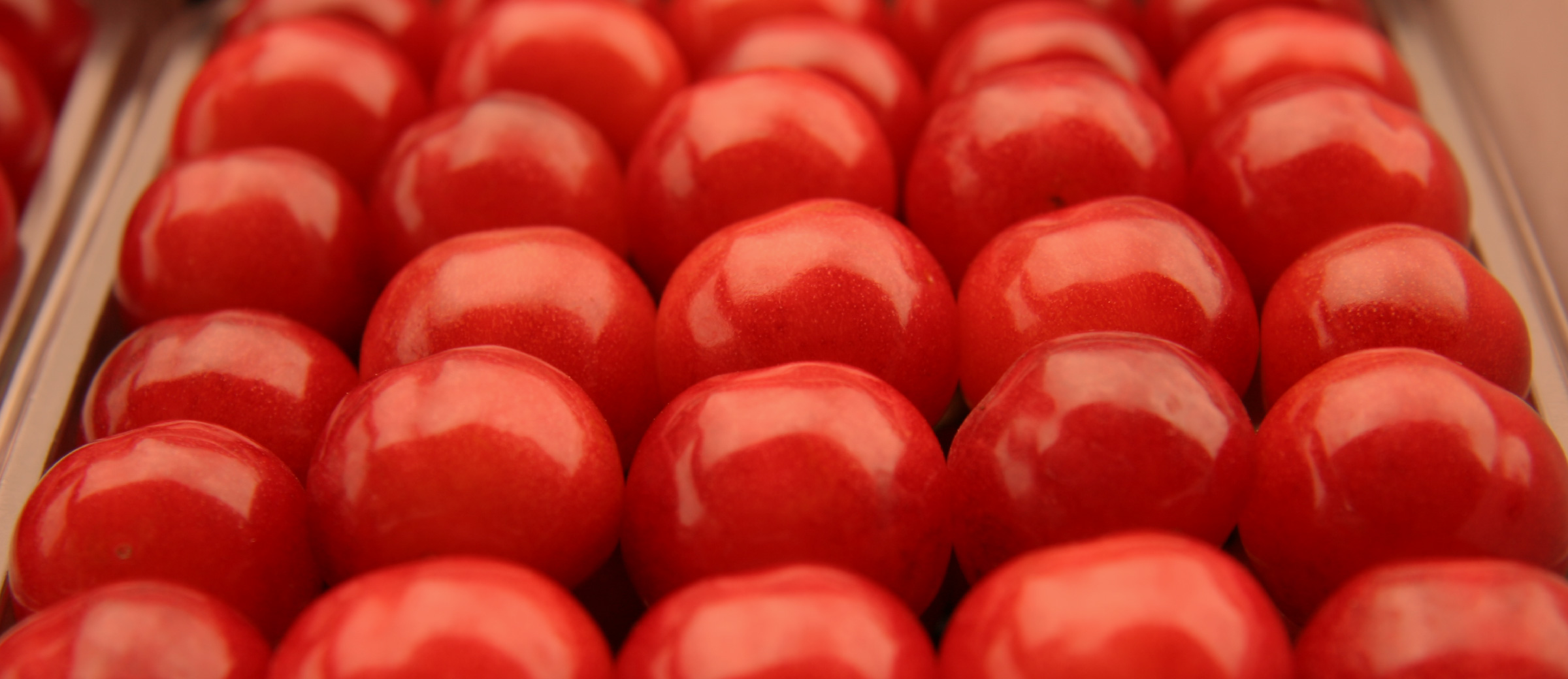
Cherries belong to the genus Rosaceae in the Prunus family. Cherries were brought into Japan in 1868 and then into Yamagata Prefecture in 1876. Cherry cultivation then prevailed in this prefecture, and Yamagata Prefecture has become the Cherry Kingdom with about a 70 percent share of Japan’s total cherry growth thanks to cooperation between private growers and the government. Higashine City is proud of being the leading cherry grower in Japan. Sato Nishiki, which is very popular, accounts for about 70 percent of the cultivation in this prefecture and has even achieved fame abroad. The Sato Nishiki was born in Higashine City, Yamagata Prefecture. The Higashine Cherry was registered with the Geographical Indications (GI) of the Ministry of Agriculture, Forestry and Fisheries on April 21, 2017 as a local brand product that is a standard for select high-quality products that fulfill certain levels of cultivation and shipment criteria.
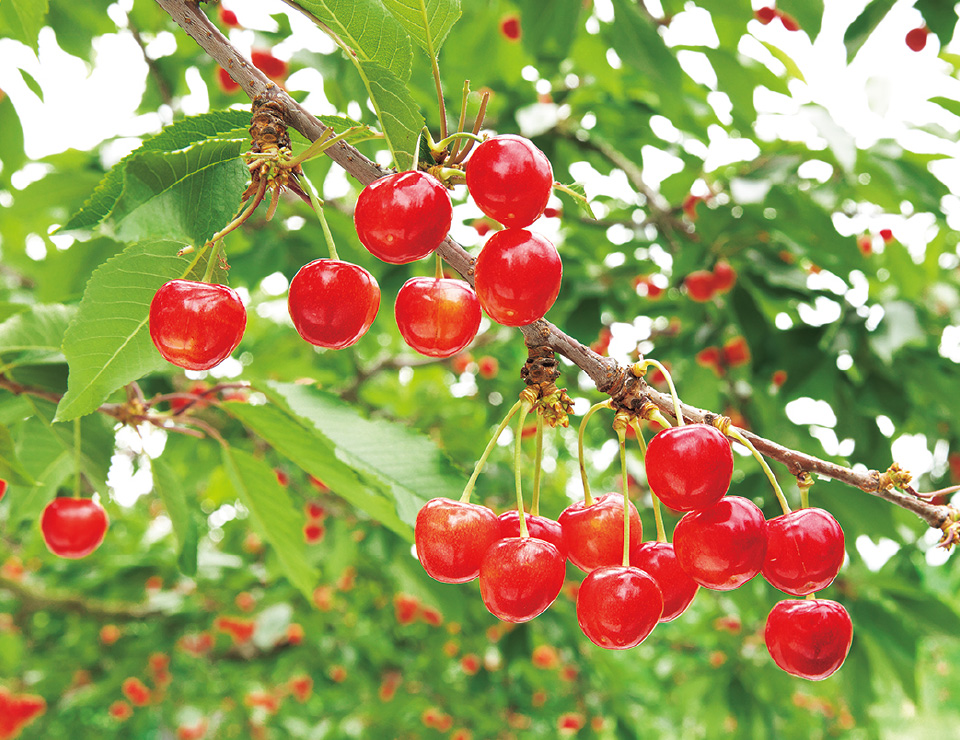
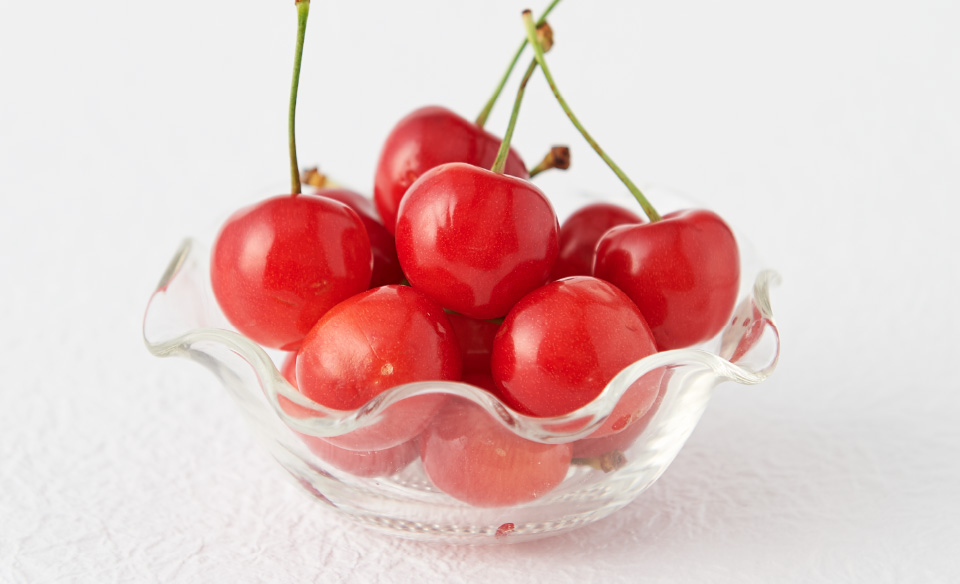
Exquisite sweetness and sourness produced by temperature differences
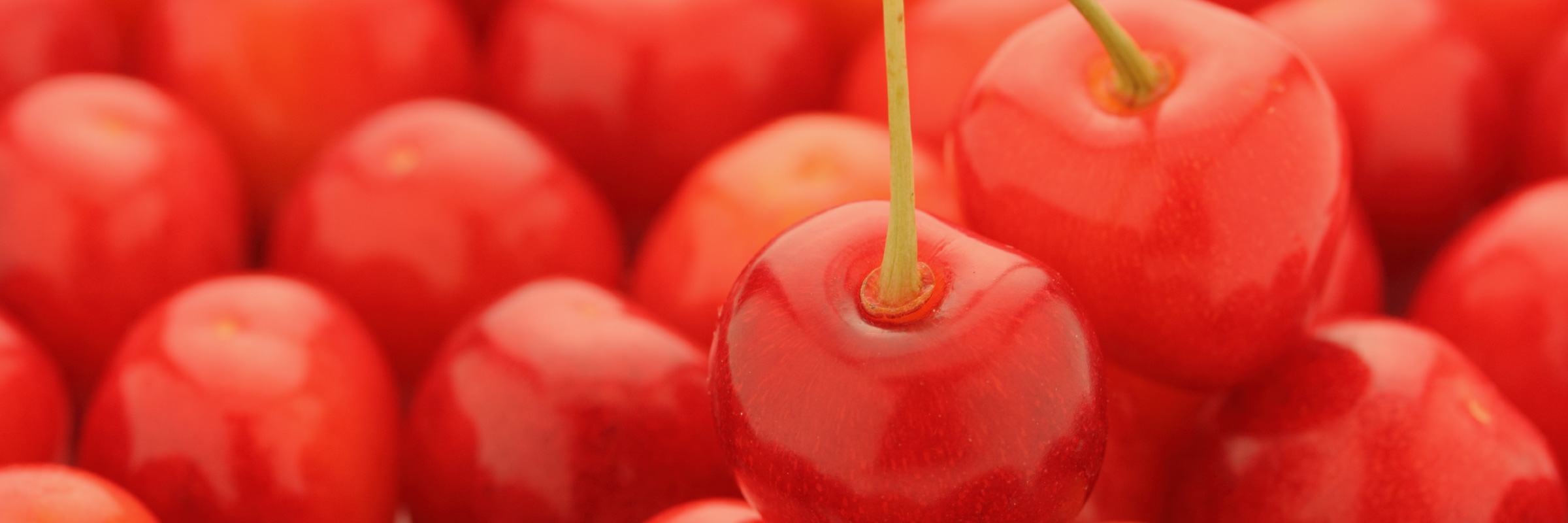
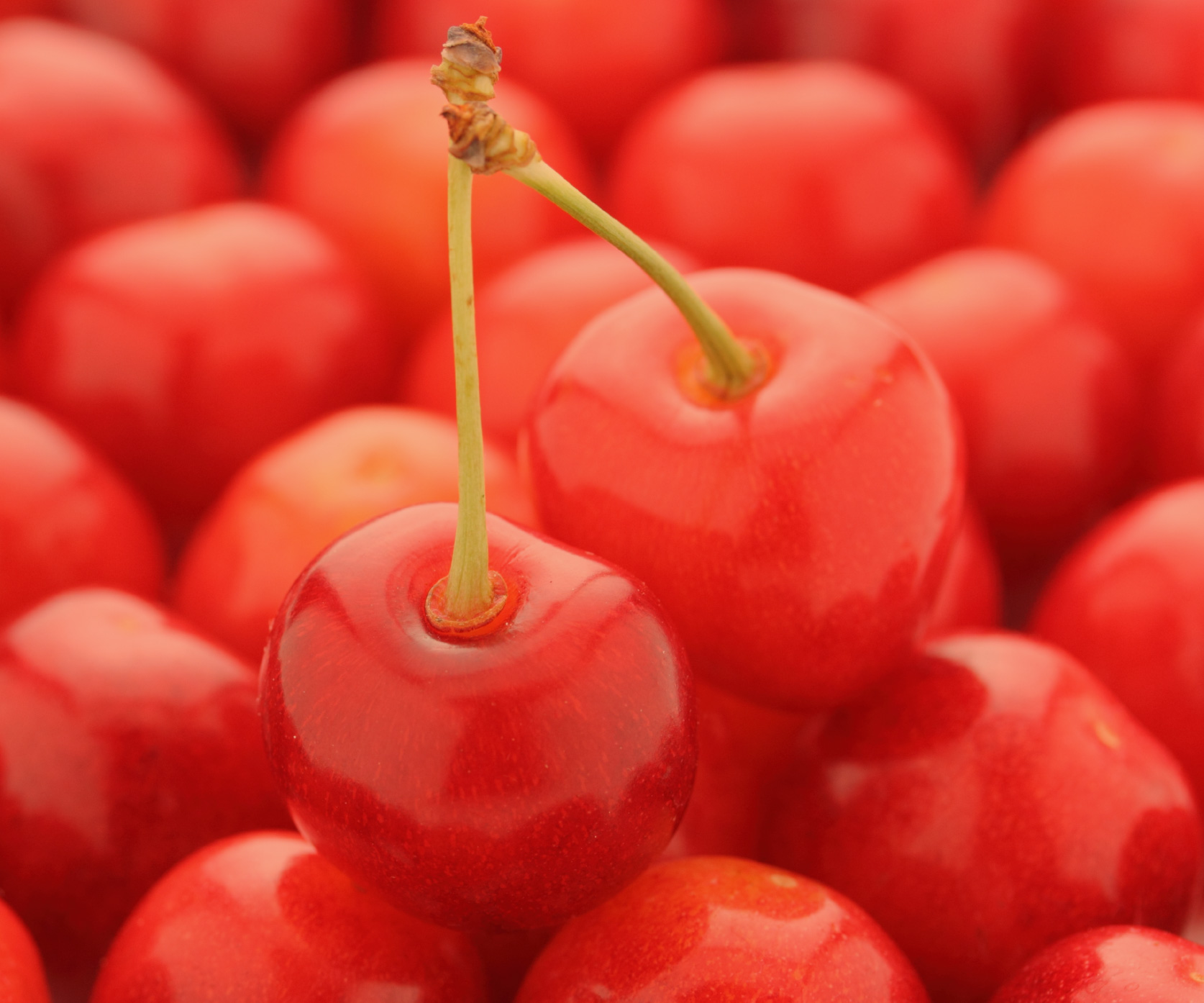
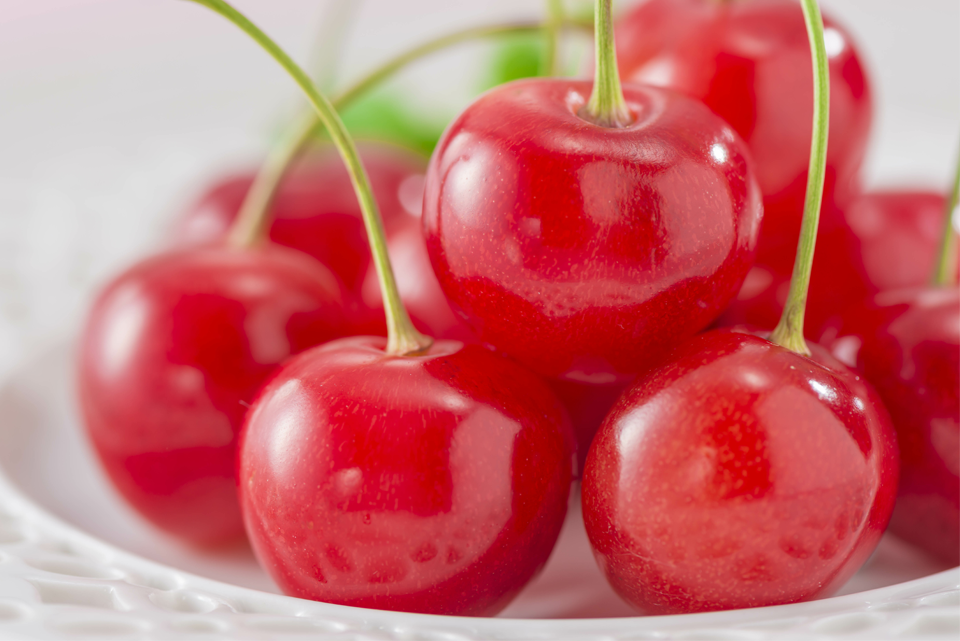
Cherries are very delicate and freshness is important.
Please eat all the cherries as soon as possible.
You can make the cherries taste more delicious by rinsing them with cold water immediately before eating them.
If days pass, freshness declines, sugar content decreases and the fruit softens.
Cherries are delicate. Please eat them as soon as possible.
If you must keep Higashine-grown cherries, first wrap them in kitchen paper, newspaper or a paper bag; then put them in a plastic bag and in the vegetable area of your refrigerator. Cherries cannot be preserved for a long time.
